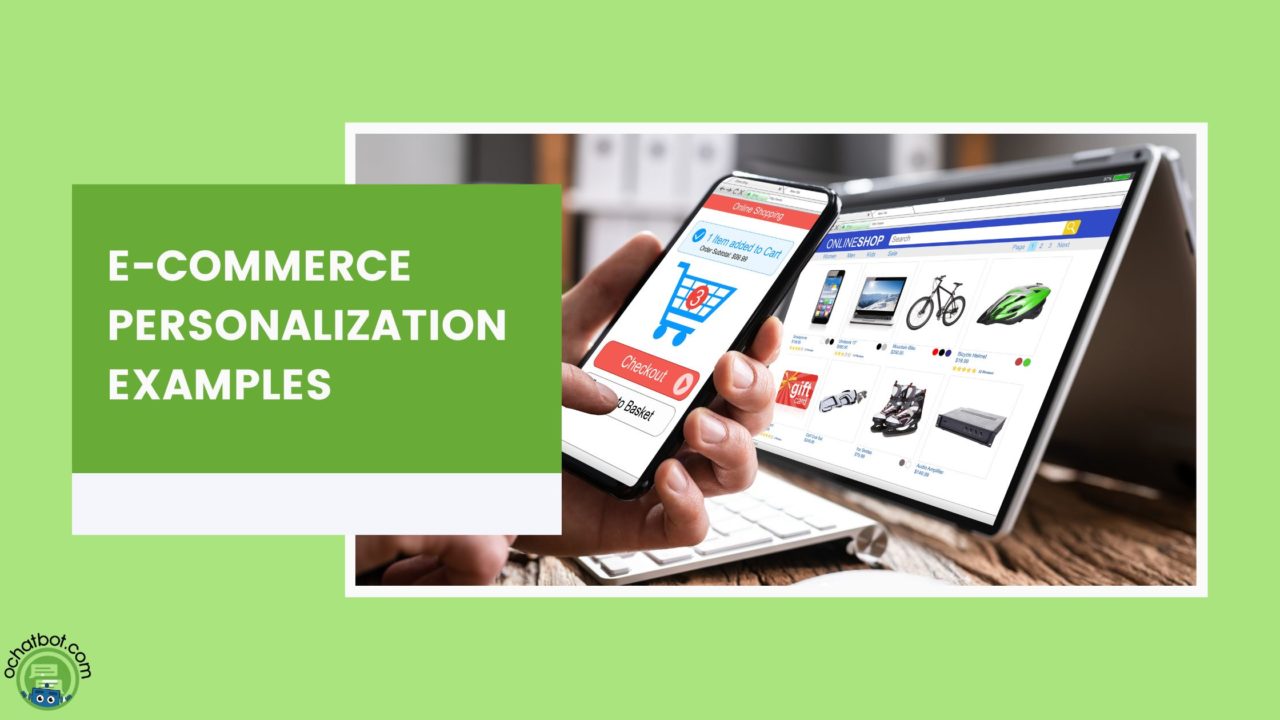
1. Product Recommendations
One of the most common and effective personalization techniques involves product recommendations. These suggestions are typically generated based on a shopper’s browsing history, previous purchases, or behavior of similar users.
Techniques include:
- Collaborative Filtering: Recommends items based on the preferences of similar users (“People who bought this also bought…”).
- Content-Based Filtering: Suggests products similar to those a user has previously interacted with.
- Hybrid Systems: Combine collaborative and content-based filtering for more accurate recommendations.
Product recommendations are commonly seen on product pages, homepages, cart pages, and email campaigns. They drive upselling and cross-selling, increasing average order values.
2. Personalized Emails
Email marketing remains one of the most effective digital marketing tools, and personalization has taken it to the next level. Personalized emails are tailored to the recipient’s behavior, preferences, or stage in the buyer’s journey.
Examples include:
- Cart abandonment emails
- Product restock or price-drop alerts
- Birthday or anniversary offers
- Re-engagement campaigns based on inactivity
Personalized email content helps increase open rates, click-through rates, and conversion rates by making the communication more relevant to the recipient.
3. Dynamic Content and Web Pages
E-commerce websites are increasingly using dynamic content that adapts based on who is visiting. This involves altering headlines, product displays, banners, or entire homepage layouts in real-time depending on the user.
Factors that influence dynamic content include:
- Geolocation (e.g., displaying region-specific promotions)
- Device type (e.g., showing mobile-optimized content)
- Referral source (e.g., landing page content based on a Facebook ad click)
- Previous behavior or search terms
This technique helps improve user experience by presenting content that feels curated and immediately relevant.
4. Behavioral Targeting
Behavioral targeting involves segmenting customers based on their actions on a site—such as clicks, pages viewed, time spent on site, and interactions with products. E-commerce businesses use this data to tailor marketing messages or present custom offers.
Applications of behavioral targeting:
- Triggering pop-ups with discounts after a user spends time on a product page
- Retargeting ads that show recently viewed products
- Showing time-sensitive offers to first-time visitors
This technique helps guide potential buyers down the sales funnel by addressing their specific interests and hesitations.
5. User-Generated Content and Reviews
Displaying personalized user-generated content, such as reviews or photos from similar customers, adds a layer of trust and relevance. E-commerce sites may personalize which reviews are shown based on the user’s profile or shopping behavior.
Examples include:
- Highlighting reviews from customers with similar buying patterns
- Displaying images from customers who bought similar items
- Sorting reviews by relevance or helpfulness tailored to the viewer
This technique builds trust and authenticity, encouraging hesitant buyers to complete purchases.
6. AI-Powered Chatbots and Virtual Assistants
AI-powered chatbots are now capable of providing personalized product recommendations, order updates, and customer support. These tools learn from user interactions and provide increasingly refined assistance over time.
Capabilities include:
- Understanding user intent through natural language processing (NLP)
- Suggesting products based on queries or previous chats
- Offering personalized discounts or loyalty rewards
Chatbots improve the customer experience by offering instant, tailored support and can operate 24/7, enhancing scalability.
7. Loyalty Programs and Gamification
Personalized loyalty programs reward customers based on their individual preferences and behaviors. Rather than offering generic points, modern systems tailor rewards, promotions, and incentives.
Features include:
- Customized rewards based on past purchases
- Tiered memberships with personalized benefits
- Personalized games, quizzes, or challenges
Gamified experiences and personalized loyalty systems increase engagement, encourage repeat visits, and deepen brand affinity.
8. Predictive Analytics
Predictive analytics uses machine learning and historical data to forecast future customer behavior. This can help businesses personalize product launches, promotions, and inventory decisions.
Use cases include:
- Predicting when a customer is likely to reorder
- Anticipating the next product a customer might be interested in
- Determining which customers are at risk of churn and offering them incentives
By anticipating needs, businesses can proactively deliver value and reduce missed sales opportunities.
Conclusion
Personalization in e-commerce is no longer a luxury—it’s a necessity. From real-time product recommendations and personalized emails to AI-powered chatbots and predictive analytics, personalization techniques are transforming how businesses connect with customers. These tools not only improve the user experience but also deliver tangible business benefits, such as increased conversions, higher average order values, and stronger customer loyalty.
As technology evolves, the ability to personalize with greater precision will continue to grow, making the online shopping experience more intuitive, engaging, and satisfying for every individual.